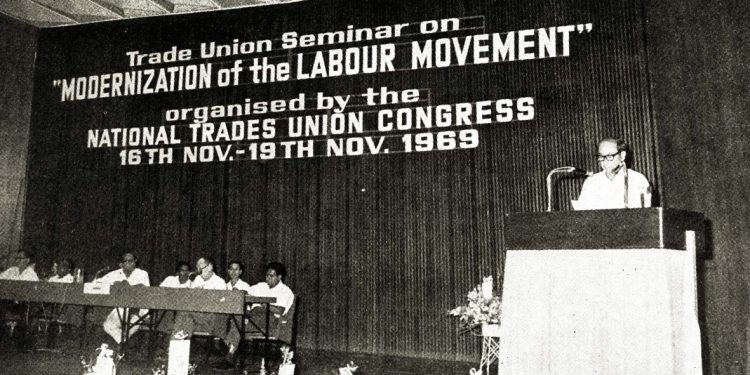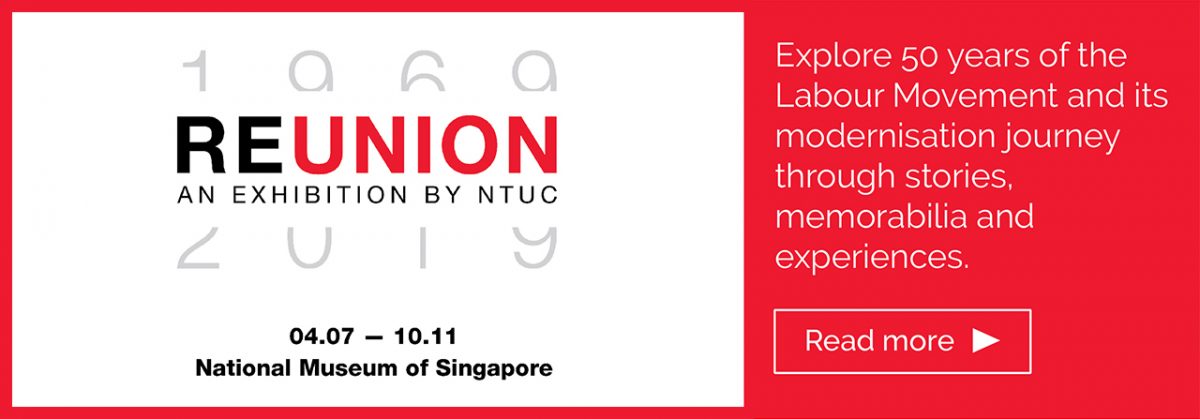It’s hard to imagine what would have become of us if the calls at one particular seminar held in November 1969 had fallen on deaf ears.
The story starts before 1969. Rewind to 1961.
The Trades Union Congress (TUC) had split into two factions, each with opposing ideologies. One was pro-communist, the other was non-communist.
Twelve – that was the number of unions that supported the non-communist National Trades Union Congress (NTUC) when it was first set up on 6 September 1961.
In contrast, the leftist faction formed the Singapore Association of Trades Union (SATU) with 82 unions when it applied with the Registrar of Trade Unions in August 1961.
A Slew of Strikes
While SATU had the upper hand, it undid itself by using militant strategies.
The frequency and severity of strikes increased after August 1961. Some 77 strikes of the 116 strikes that occurred in 1961 happened after SATU applied to register with the Government in August.
There were 39,153 workers involved in the 77 strikes from August to December that year, compared to 45 strikes involving 5,939 workers in 1960.
SATU’s strategies eventually caused many of its unions to be deregistered. The Registrar of Trade Unions also refused to register SATU in 1963, rendering it an illegal association.
Soon after, NTUC came to be officially recognised as Singapore’s official congress for trade unions in 1964.
NTUC’s membership expanded in the years between 1962 and 1965.
In October 1963, after SATU was declared illegal, 50 unions quit SATU to join NTUC. By Singapore’s independence in 1965, NTUC represented most of Singapore’s organised workers with 120,000 members.
The Turning Point
In 1969, NTUC’s membership fell to below 90,000. There were many circumstances and events that led to this.
In 1967, the British announced that it would withdraw its troops by 1971. The British military spending in Singapore back then made up 11.1 per cent of Singapore’s Gross National Product.
To make up for this loss, Singapore had to rapidly industrialise to attract new foreign investments and overcome the issue of high unemployment.
In line with this effort, the Government passed the Industrial Relations (Amendment) Act and the Employment Act on 6 August 1968.
The Industrial Relations (Amendment) Act prohibited the unions from being able to make demands in areas such as workforce deployment, promotions and dismissals.
The Employment Act, on the other hand, limited employee benefits such as bonuses and retrenchment benefits.
Although NTUC as an entity supported the new laws, many rank-and-file members then felt that the unions’ ability to bargain for their needs had been significantly reduced. Numbers started sliding as workers left their unions.
A New Way Forward
To tackle the decline in membership, NTUC called for a four-day seminar from 16 to 19 November 1969 – the Modernization of the Labour Movement.
All 47 NTUC affiliated unions turned up for the seminar at the Singapore Conference Hall. Naturally, the unions were concerned.
“What role should unions play now? New legislation undermined their role as a bargaining institution, so what is left for them?” were questions that were thrown around.
In the words of C.V. Devan Nair, who was then the adviser to NTUC: “The danger of an eventual disappearance of organised labour as a significant social force is very real. A race has already started for the Labour Movement in Singapore – a race between modernisation and extinction.”
Unions had to come up with fresh solutions for the new industrial environment taking place at the time.
Their success or failure would mean the difference between history remembering the seminar as the Labour Movement’s new birth or its quiet funeral.
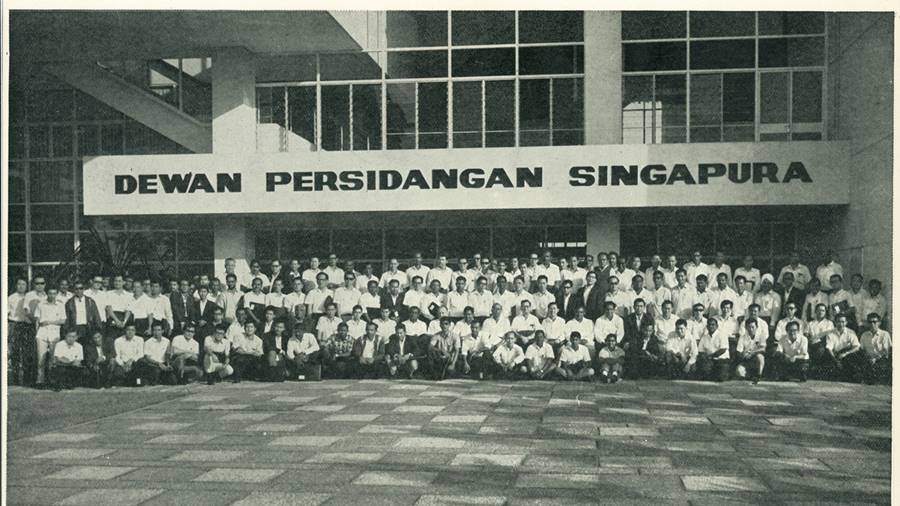
New Beginnings
One fundamental overhaul that came out from NTUC’s Labour Modernization Seminar was that unions were to play a new role in the industrial environment.
They could not just be a bargaining institution anymore. They had to play a big role in nation-building and become the mover of workers.
“Before you discuss your future, remember how we got here – the past. You have a role to play in transforming a dependent underdeveloped community to an independent industrial society.
“It depends upon how successfully we can mobilise internal and international capital and expertise, get people to learn the skills and crafts, and acquire the managerial and marketing know-how,” said then-Prime Minister Lee Kuan Yew at the seminar’s opening address.
Working Together with the Government and Employers
To play this new role, union leaders had to abandon their combative mindset to take on a more collaborative approach.
They could not afford to make strikes their modus operandi anymore. This was to mark the start of the tripartite approach, where unions worked with the Government and employers to take care of workers.
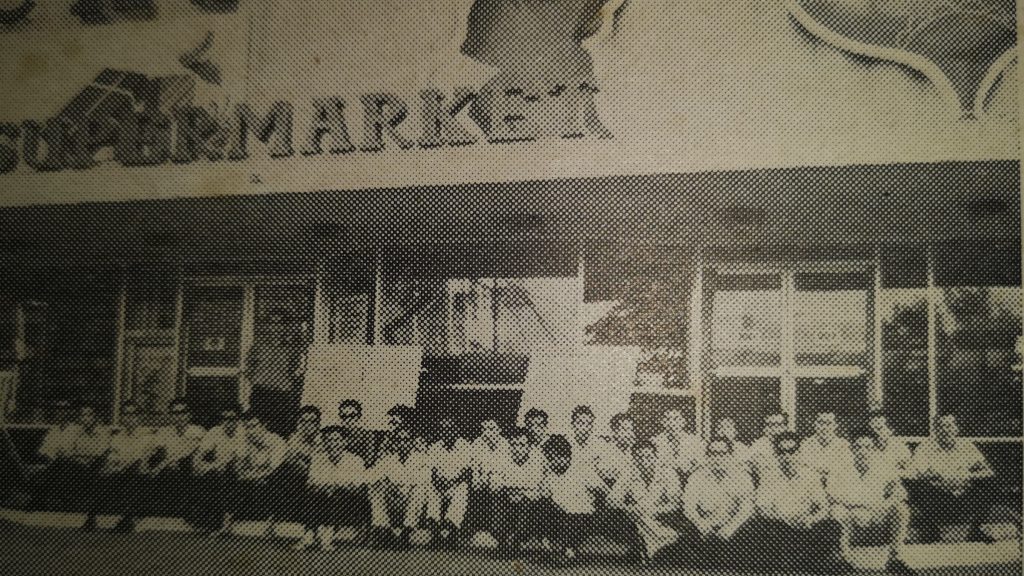
On the second day of the seminar on 17 November 1969, then-Labour Minister S Rajaratnam urged unionists do away with the combative mentality and replace it with civil negotiations and collaboration.
He stressed that safeguarding national interests “is the responsibility of all of us because if they are not preserved, then sectional interests go down with them.”
Mr Rajaratnam said: “I make this point to counter the tendency among some old-fashioned unionists to present every conflict with employers as a life and death struggle between saintly workers and wicked employers.
“What I am suggesting is that union leaders should get out of the habit of treating every move by the employer as a hostile move to do workers in. The new union leader should have confidence in himself to be able to negotiate with his employer by skill, argument and intelligent tactics.”
Unionists understood this need and abandoned their strategy of making demands in the streets through work stoppages and instead, brought them to the negotiating table.
Today, the Labour Movement represents workers in every national policy decision committee such as the National Wages Council. Deals between workers, employers and Government are struck with negotiations rather than dispute.
The Start of Co-operatives
“No doubt many of the old vanguards will ask the question ‘If bashing the boss is to be foregone, what is there left for the Labour Movement to do?’ And the answers provided by the organisers of this seminar is ‘Quite a lot’,” said then-Finance Minister Goh Keng Swee on the third day of the seminar.
The seminar also positioned the Labour Movement to help in nation building. That was how the co-operatives were born. They were introduced at a time when it was necessary to help workers with the cost of living.
However, Mr Goh said that for the idea to work, the Labour Movement’s co-operatives had to go by four principles.
First, they must be fully competitive with private companies, without privileged treatment from the Government.
Second, the co-operatives had to be in fields that have built-in advantages.
Third, these co-operatives must operate and maintain the highest standards of integrity.
Fourth, the co-operatives must have effective management.
He then suggested that the unions set up a life-insurance co-operative as a start. Less than a year later, the Labour Movement launched NTUC Income in September 1970.
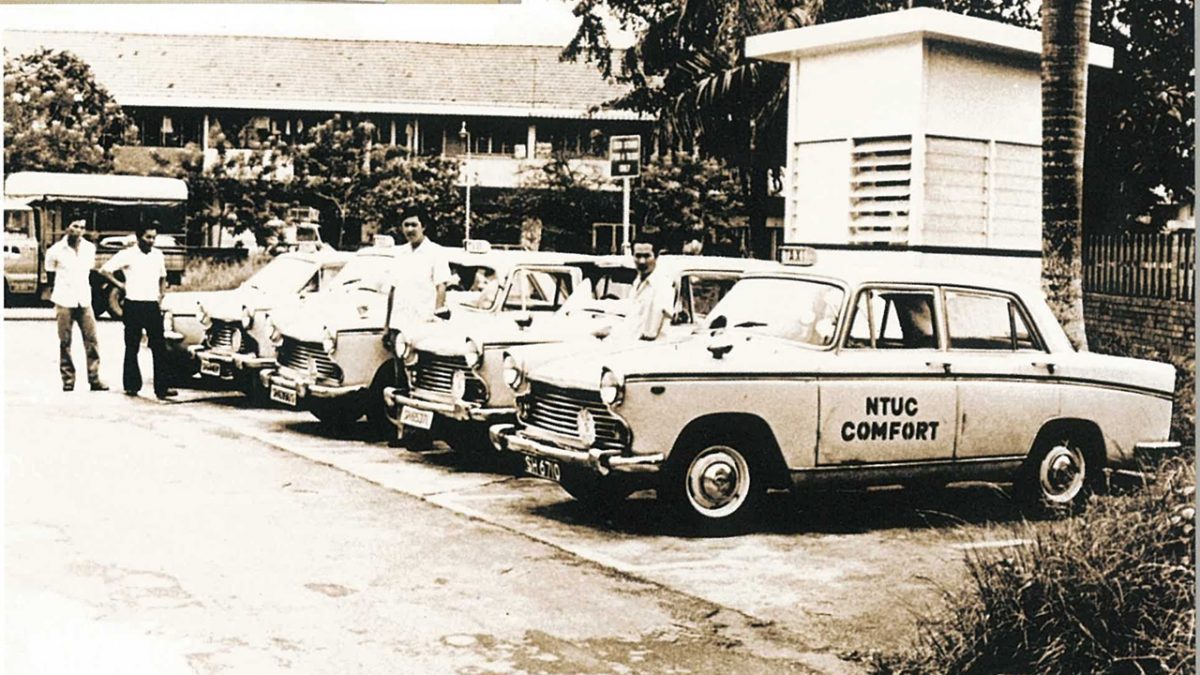
NTUC then established other co-operatives to combat profiteering and provide affordable goods and services for workers. After Income came NTUC Comfort, a transport co-operative, and a supermarket called NTUC Welcome in 1973.
If we look around us today, we can still see the impact of the Modernization Seminar in our daily lives when we shop at NTUC FairPrice, or even when we send our children to NTUC pre-schools such as My First Skool.
But things could have turned out very differently for us if unionists then didn’t buy into the idea. Maybe we would now be out on strike due to some unhappiness with our employers.
Want to find out more about how Singapore’s Labour Movement has evolved? Head down to the ReUnion exhibition by NTUC at the National Museum of Singapore.
The exhibition will run from 4 July 2019 to 10 November 2019. Admission is free.

